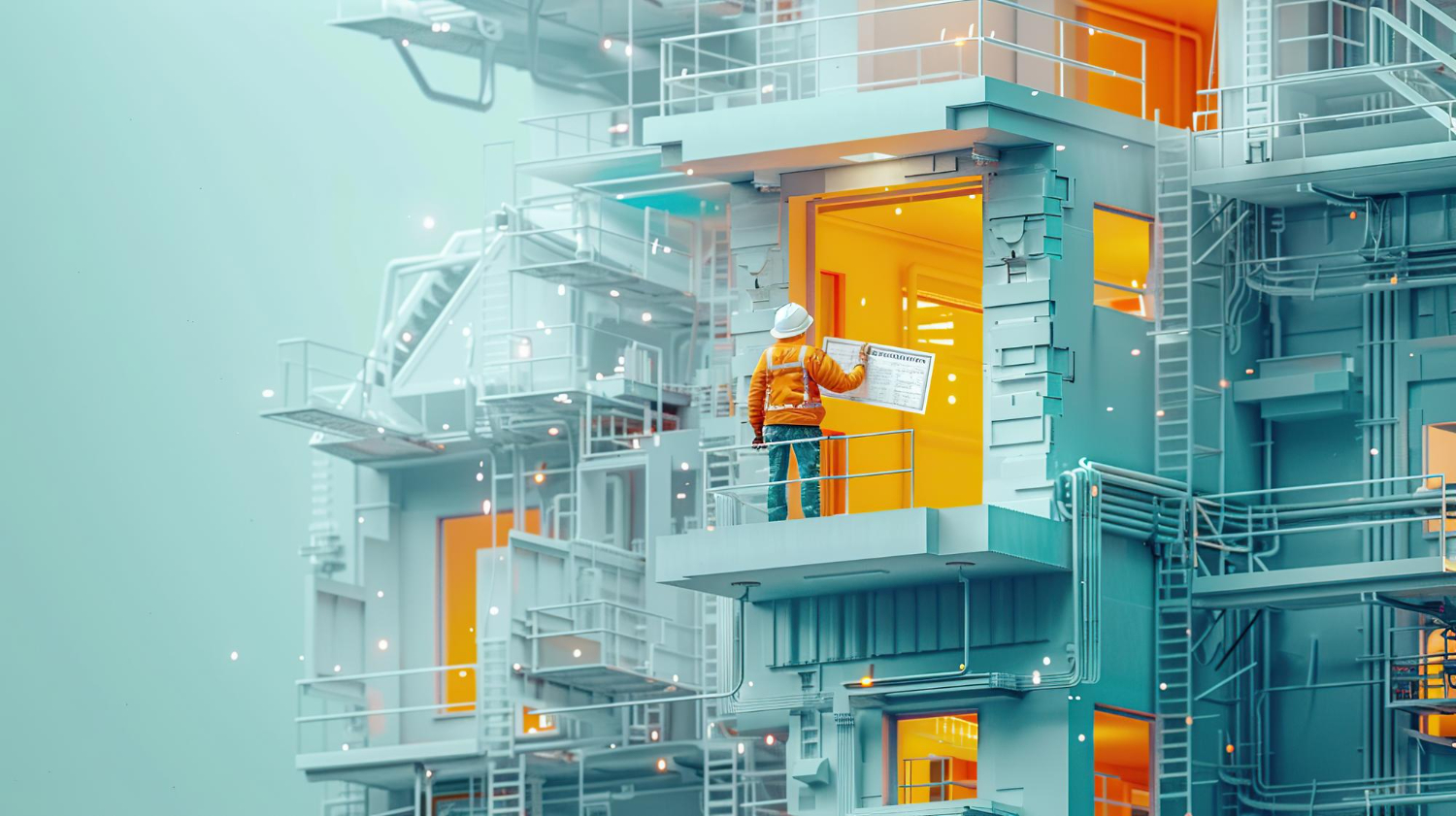
The foundation of any successful modular construction business lies in its pre-construction design capabilities. This phase is more crucial in modular construction than traditional methods because most work is completed offsite in a factory setting. Any errors or oversights during the design stage can lead to costly delays, rework, or structural incompatibilities once the modules reach the construction site.
Building Information Modelling (BIM) is an indispensable tool in this process, providing detailed, 3D digital representations of the entire building. BIM enhances collaboration between architects, engineers, and contractors and identifies potential clashes early in the design phase. For instance, BIM can reveal conflicts between electrical and plumbing systems, allowing the team to resolve them digitally rather than during construction, saving time and money. By creating a shared information environment, BIM also ensures that every team member – from structural engineers to interior designers – works with the same data set, reducing the risk of miscommunication and design discrepancies.
Another key factor in preconstruction design is modular coordination. Modular construction requires a standardised approach, where each module is designed to fit together like puzzle pieces. This means that precise measurements and a high level of detail are essential. Unlike traditional construction, where minor adjustments can be made on-site, modular projects leave little room for such modifications. Therefore, modules must be designed with exact specifications to ensure seamless assembly once they reach the site.
Furthermore, modular construction design must also consider transportation logistics. Modules are often large and must be transported from the factory to the construction site. The design must account for transportation constraints, such as weight limits and size restrictions on roads and bridges. By planning for these factors early on, the company can avoid costly delays and ensure smooth delivery.
Stay tuned for Part 2, where we explore the importance of having a well-equipped factory and how industrialised processes can lead to consistent quality in modular construction.
Related articles:
Part 2: Factory Excellence: The Heart of High-Quality Modular Construction
Part 3: Logistics and Project Management: Keeping Modular Projects on Track
Part 4: Onsite Expertise: Delivering Modular Projects Efficiently















